Mechanized Cleaning Solution
At AHIYAS, we offer thewidest range of cleaning equipment customized to suit the requirements of diverse industriesin India. AHIYASis an ISO-9001, ISO-14001 and ISO-18001 certified company, Roots maintains the highest quality standards in manufacture, installation and service of its equipment and in imparting training, thus enhancing hygiene and productivity in the industry.
We understand the challenges our clients face when maintaining or cleaning equipment and plant facilities, which is why we are committed to providing our clients with cost-effective and innovative solutions, no matter how large or small business you have.
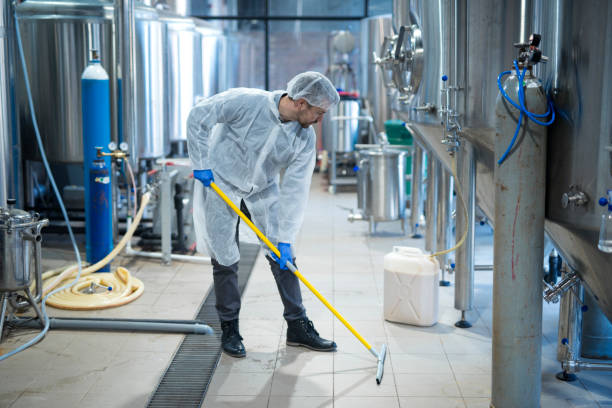
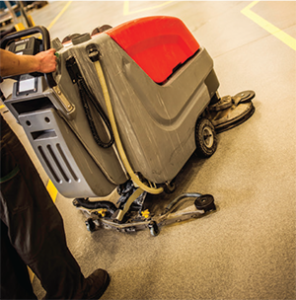
Prevent slips, trips and falls
Employers should select adequate flooring (e.g., cement, ceramic tile or another material), as different types of flooring hold up better under certain conditions, said Fred Norton, technical director of ergonomics and manufacturing technology for Risk Control Services, Liberty Mutual Insurance in Walnut Creek, CA. Then, develop and implement procedures using appropriate cleaners.
To help prevent slip, trip and fall incidents, the Canadian Center for Occupational Health and Safety recommends the following:
- Report and clean up spills and leaks.
- Keep aisles and exits clear of items.
- Consider installing mirrors and warning signs to help with blind spots.
Eliminate fire hazards
Employees are responsible for keeping unnecessary combustible materials from accumulating in the work area.
The National Safety Council “Supervisors’ Safety Manual” includes these precautionary measures for fire safety:
- Keep combustible materials in the work area only in amounts needed for the job. When they are unneeded, move them to an assigned safe storage area.
- Keep passageways and fire doors free of obstructions. Stairwell doors should be kept closed. Do not store items in stairwells.
- Store quick-burning, flammable materials in designated locations away from ignition sources.

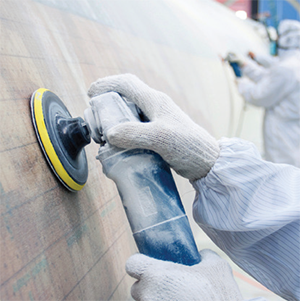
Control dust
Dust accumulation of more than 1/32 of an inch – or 0.8 millimeters – covering at least 5 percent of a room’s surface poses a significant explosion hazard, according to the Quincy, MA-based National Fire Protection Association.
Avoid tracking materials
Work-area mats – which can be cloth or sticky-topped – should be kept clean and maintained. This helps prevent the spread of hazardous materials to other work areas or home.
If the materials are toxic, industrial hygiene testing, uniforms and showering facilities might be needed, Gray said. Employees who work with toxic materials should not wear their work clothes home, Ahrenholz added.
![]()
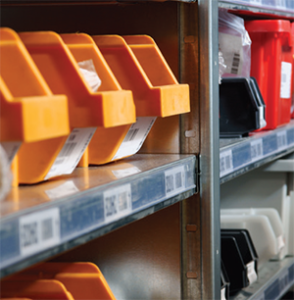
Prevent falling objects
Gray noted that protections such as a toe board, toe rail or net can help prevent objects from falling and hitting workers or equipment.
Other tips include stacking boxes and materials straight up and down to keep them from falling, said Paul Errico, a Fairfield, CT-based safety consultant. Place heavy objects on lower shelves, and keep equipment away from the edges of desks and tables.
Clear clutter
A cluttered workplace can lead to ergonomics issues and possible injuries because workers have less space to move.
The Ohio Bureau of Workers’ Compensation recommends that workers return tools and other materials to storage after using them, and dispose of materials that are no longer needed.
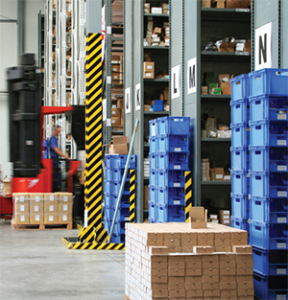
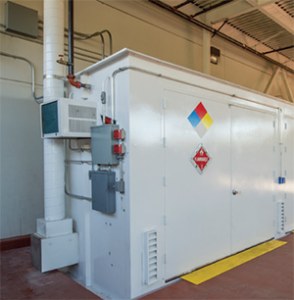
Store materials properly
Some workers make the mistake of storing ladders or other items inside electrical closets where they can block an electrical panel, creating a fire hazard and violating OSHA regulations, Errico said.
“I found that in a couple places. That would surprise employers if they’re not looking for it,” Errico said. “It’s important that they stay on top of it; realize it’s not just the manufacturing floor, maintenance area, warehouse or main storage areas, but these little areas in buildings that create a problem with storage.”
Use and inspect personal protective equipment and tools
Errico has seen workers’ compensation cases stemming from employees who did not wear PPE when cleaning up spills or other material, such as broken glass or plywood, and then suffered cuts or splinters.
Wear basic PPE – such as closed-toe shoes and safety glasses – while performing housekeeping, Gray said. Determine what type of PPE to don based on the potential risks.
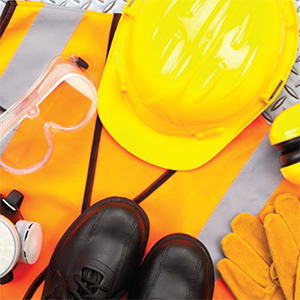
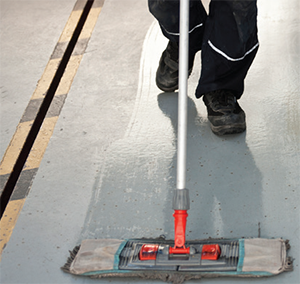
Determine frequency
All workers should participate in housekeeping, especially in terms of keeping their own work areas tidy, reporting safety hazards and cleaning up spills, if possible.
“Every worker does have a role,” Ahrenholz said. “If they see something is becoming a problem, they need to report it.”
